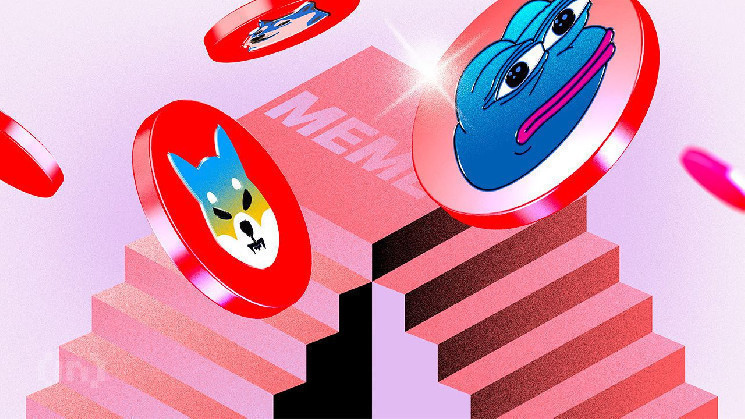Blockchain sleuth ZachXBT is the subject of controversy after an NFT project launched to document a high-profile investigation inadvertently transformed into a $15 million meme coin on the Base network.
The situation unfolded after an NFT mint through the Zora protocol automatically issued a tradable ERC-20 token. According to ZachXBT, this was unintended and unwelcome.
ZachXBT’s Meme Coin Controversy
The controversy began when ZachXBT used the Zora protocol to create open-edition NFTs of his investigation findings. The investigation involved a $243 million theft from a Genesis creditor.
His goal was to provide a free digital collectible to permanently archive his work on the blockchain. However, he was unaware that Zora’s user interface (UI) would automatically generate an ERC-20 token upon mint completion. This effectively converted his NFTs into liquid assets available for trading on decentralized exchanges (DEXs) like Uniswap.
“The Zora UI currently does not give any indication to creators that an ERC-20 token will also be launched after an open edition NFT mint,” the blockchain investigator shared on X.
He attached screenshots illustrating the lack of transparency in the platform’s interface. ZachXBT also warned that further unwanted speculation on his work could lead him to take action. Specifically, he would “replace artwork on Zora with a blank image” or dilute the piece with additional mints lacking an end date.
Read more: 7 Best NFT Marketplaces You Should Know in 2024
The Zora protocol, which recently introduced its ERC-20z standard, allows the wrapping of NFTs as ERC-20 tokens. This creates instant liquidity for open-edition NFTs without additional contracts, which was intended to simplify and standardize liquidity for creators.
Nevertheless, it has gained popularity as collectors increasingly view such NFTs as “artcoins.” This creates a new, highly speculative asset class on DEX platforms.
However, it seems the default setting — enabling tokens to become tradeable upon minting — caught ZachXBT off guard. The blockchain detective did not anticipate the transformation of his investigative work into a tradable meme coin.
“Wait so technically you launched a memecoin by accident???” popular analyst Ansem remarked.
The initial mint of ZachXBT’s token generated approximately 3,500 units. This includes additional tokens the contract created to facilitate a liquidity pool (LP). Once the mint ended, these tokens and a portion of the ETH revenue were deployed automatically as a locked LP on the Base network.
Equal Parts Enthusiasm and Skepticism
The setup resembles that of speculative pump-and-dump tokens. While the token began with a market cap under $10,000, its value skyrocketed as crypto traders took notice. Ultimately, it hit a peak of $15 million.
The rapid increase in value sparked interest and community engagement. Some users even established a dedicated social media presence, creating memes and a Telegram group. They bridged the token to the Solana blockchain to expand trading options.
243M Theft Meme Coin Price Performance. Source: DEX Screener
The appeal lies in the connection to ZachXBT’s investigations. This highlights the allure of blockchain-based assets, even when they are unintentional.
“It was done by Zora insiders. They know you have a better reputation than anyone else, and people trust you more. They used your NFT for marketing,” one X user quipped.
Not all of the attention, however, has been positive, as speculation around ZachXBT’s token drew both enthusiasm and skepticism. Some questioned whether the investigator knowingly participated in creating a tradable asset.
“It is unclear whether or not Zach was aware of or intended to use this standard, as it needs to be toggled off and the update may not have been properly communicated by Zora. Regardless, the result is that Zach launched a token with an automatically deployed LP, a format much like many pump.fun and presale tokens,” another X user posted.
The situation highlights broader concerns in the NFT and DeFi space, where unclear user interfaces and automatic settings can unintentionally transform assets. As more platforms adopt automated liquidity solutions and tradable NFT standards, creators are increasingly at risk. They could see their digital works become unintended financial instruments.
ZachXBT’s experience mirrors this challenge, as he emphasized that his purpose was archival, not financial speculation.
“I never intended for people to speculate on investigations and just wanted a free digital collectible archived permanently on the blockchain,” ZachXBT added.
Nonetheless, the blockchain investigator, popular among crypto circles for exposing fraud and misconduct, finds himself linked to a project that embodies the meme-coin phenomenon, a trend marked by high volatility and community-driven speculation.
Read more: What Are Meme Coins?
As for Zora, the incident might prompt the protocol to reconsider how it communicates new standards to users. While the ERC-20z model has potential advantages in creating liquidity, it needs clearer indications for creators unfamiliar with its implications.
Read the full article here

